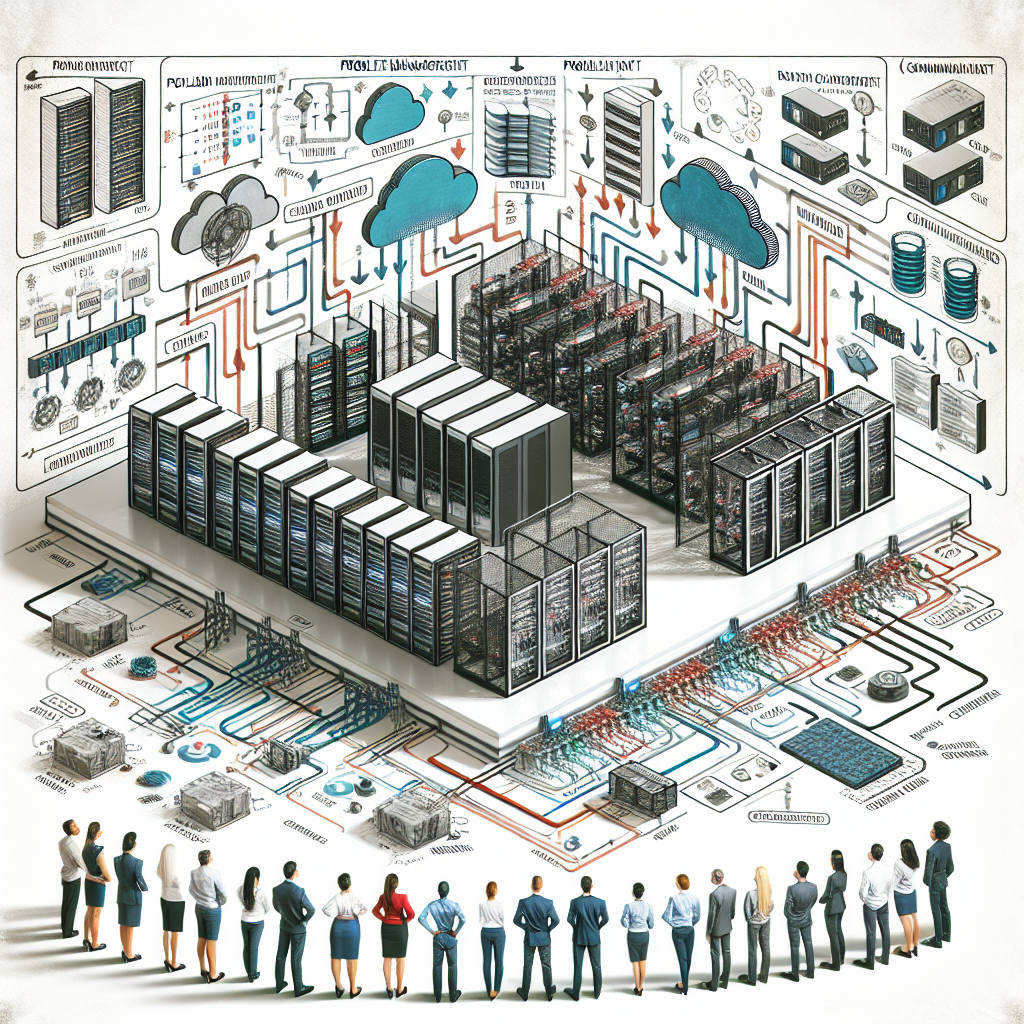Fix today. Protect forever.
Secure your devices with the #1 malware removal and protection software
Data centers are the heart of any organization’s IT infrastructure, providing the necessary computing power, storage, and networking capabilities to support their operations. However, like any complex system, data centers are prone to problems and issues that can impact their performance and reliability. In this article, we will explore some case studies in data center problem management, highlighting the lessons learned and best practices that can help organizations address and prevent these issues.
Case Study 1: Power Outage
One of the most common problems that data centers face is power outages. In a recent case study, a large financial services organization experienced a power outage that lasted for several hours, leading to significant downtime and data loss. The organization had not implemented a robust backup power system, relying solely on the main power supply from the grid.
Lesson Learned: It is crucial for data centers to have a reliable backup power system in place to ensure continuous operations in the event of a power outage. This can include uninterruptible power supply (UPS) units, generators, and redundant power feeds.
Best Practice: Regularly test and maintain backup power systems to ensure they are ready to kick in when needed. Conducting regular load tests and inspections can help identify any issues before they cause a major outage.
Case Study 2: Cooling Failure
Another common problem in data centers is cooling failure, which can lead to overheating and equipment failures. In a recent case study, a technology company experienced a cooling system failure due to a clogged air filter, causing the temperature in the data center to rise rapidly. This led to the shutdown of several servers and networking equipment, impacting critical business operations.
Lesson Learned: Regular maintenance of cooling systems is essential to prevent failures and ensure optimal performance. Monitoring temperature levels and air flow can help identify potential issues before they escalate.
Best Practice: Implementing a proactive maintenance schedule for cooling systems, including regular filter changes, inspections, and testing. Investing in temperature and humidity monitoring tools can also help detect early warning signs of cooling failures.
Case Study 3: Network Connectivity Issues
In a recent case study, a retail organization experienced network connectivity issues in their data center, leading to slow performance and intermittent outages. The organization had not implemented proper network redundancy and load balancing, causing bottlenecks and disruptions in their operations.
Lesson Learned: Network connectivity is a critical component of data center operations, and organizations must implement redundancy and load balancing to ensure high availability and performance. Regularly monitoring network traffic and performance can help identify potential issues before they impact operations.
Best Practice: Implementing redundant network connections and load balancing to distribute traffic evenly across multiple paths. Conducting regular network audits and performance testing can help identify and address any bottlenecks or issues in the network infrastructure.
In conclusion, data center problem management is a critical aspect of ensuring the reliability and performance of IT operations. By learning from case studies and implementing best practices, organizations can proactively address and prevent issues in their data centers, minimizing downtime and disruptions. Regular maintenance, monitoring, and testing are key to maintaining a resilient and efficient data center environment.
Fix today. Protect forever.
Secure your devices with the #1 malware removal and protection software

Leave a Reply
You must be logged in to post a comment.